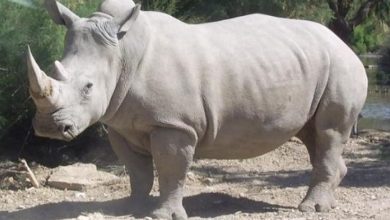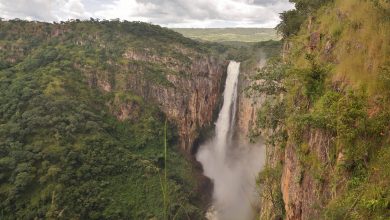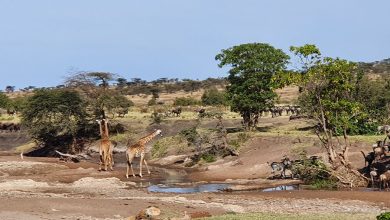Olmoti Crater: Shallow sunken caldera covered with grass, bisected by river valley

NGORONGORO: OLMOTI Crater is situated at located at Nainokanoka ward in the northern end of the Ngorongoro Crater, in Ngorongoro district of Arusha region, from where Mount Lolmalasin, Tanzania’s third tallest mountain, can be viewed.
Gorgeous wild and lonesome landscapes emerge as they go through the eastern highlands, which stretch from Olmoti Crater to mount highlands.
The crater is about 6.5 kilometres in diameter, and the highest point above sea level is approximately 3,080m.
The Munge Waterfall is located on the western crater rim. The Munge River provides fresh water for wildlife and also feeds wetlands and Lake Magadi on the floor of the Ngorongoro Crater. The crater is part of the Crater Highlands geographic zone The crater is known for its unique flora.
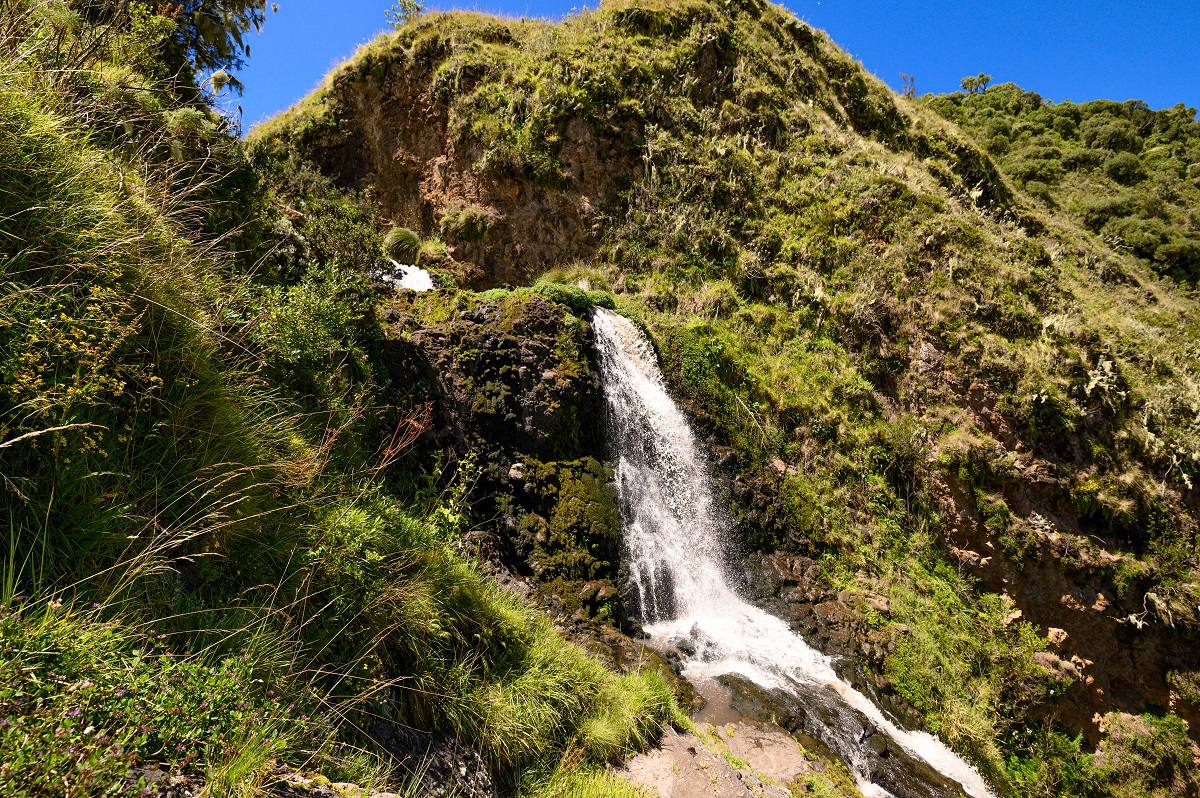
The Olmoti Crater is named after the Maasai word, ‘Olmoti,’ meaning a big cooking pot due to its shape. Unlike the Ngorongoro Crater, Olmoti Crater is a shallow sunken caldera covered with grass and bisected by a river valley which provides a reliable water supply and suitable grazing pastures for wild animals throughout the year.
Its great vantage point offers a spectacular view of the environs, blended with grazing animals such as antelopes and elands. A beautiful view combined with protruding rocks strewn around the highest point and the end of the trails.
ALSO READ: Mount Lolmasin: Tanzania’s third highest peak, living legend
A spectacular view of Munge Waterfall from the famous Munge River, which drains into the Ngorongoro Crater, can be seen from the viewpoint. A pleasant stroll through the forest leads up to the crater rim before descending to the crater floor at Olmoti. The crater is covered by water streams, varieties of plants and wild species.
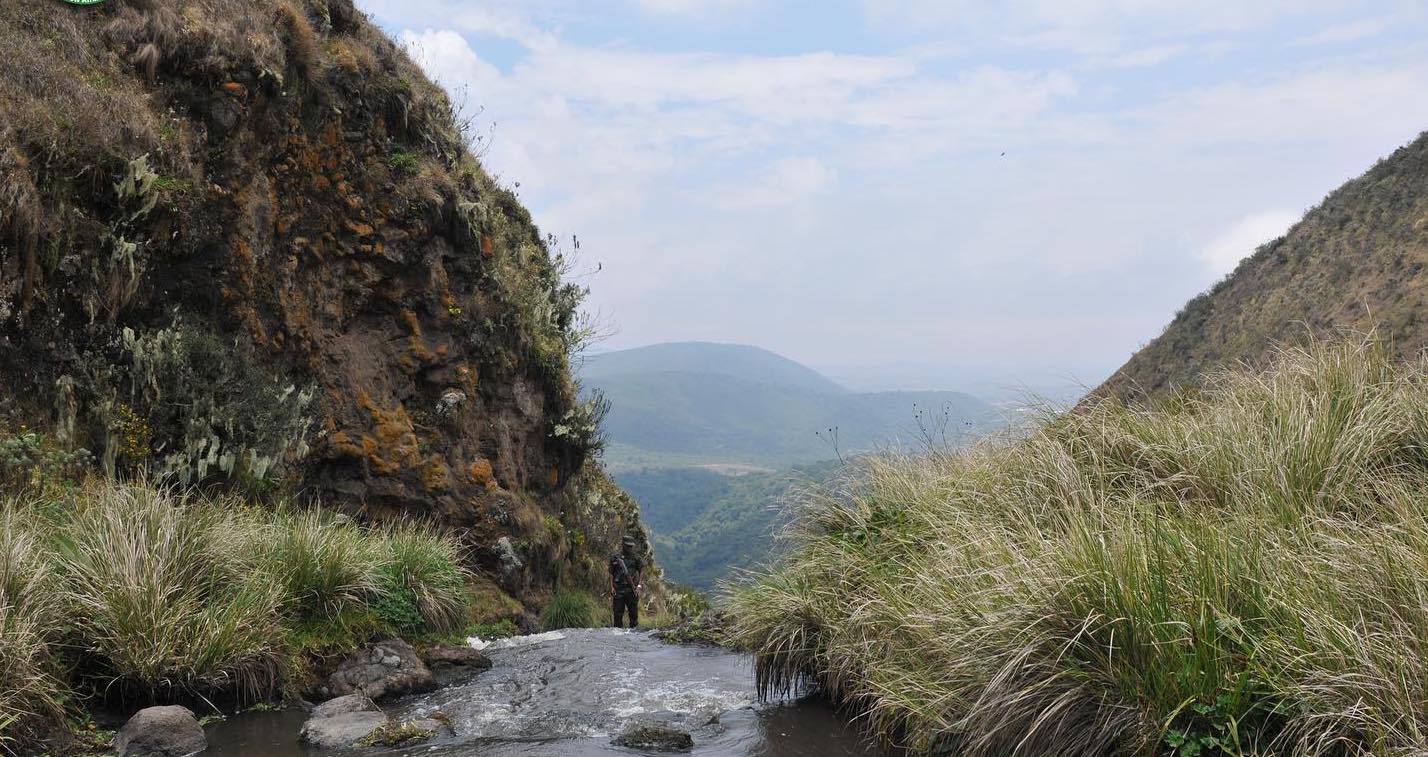
Walking through this well-developed trail takes approximately half an hour to forty minutes ascension and twenty-five minutes to a half an hour descent. This attraction can be visited any time of the year with much emphasis during the dry season (June through December). Visiting can be part of the long walking safari to Empakaai Crater and beyond the NCA.


